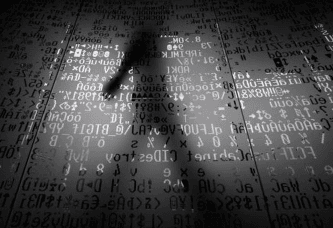By: Niels Groeneveld, OSINT Analyst
January 26, 2023
As the world becomes increasingly interconnected and dependent on technology, the need for robust cyber threat intelligence (CTI) sharing has become paramount. The STIX and TAXII frameworks, developed by the OASIS CTI Technical Committee, have been widely adopted as a standard for sharing CTI among organizations and agencies. However, the use cases for STIX and TAXII go far beyond just sharing information on cyber threats and cyber threat actors.
One key area where STIX and TAXII can be leveraged is in the realm of national security and intelligence analysis. Intelligence services, such as the CIA and NSA, are tasked with gathering and analyzing information to identify potential threats to national security and national interests. This includes not just cyber threats, but also activity by other threat actors, such as terrorist organizations and foreign governments.
One key area where STIX and TAXII can be leveraged is in the realm of national security and intelligence analysis. Intelligence services, such as the CIA and NSA, are tasked with gathering and analyzing information to identify potential threats to national security and national interests. This includes not just cyber threats, but also activity by other threat actors, such as terrorist organizations and foreign governments.

Another important use case for STIX and TAXII is in the field of law enforcement. Law enforcement agencies are often tasked with investigating and preventing criminal activity, both in the physical and digital realms. By using STIX and TAXII, law enforcement agencies can share and exchange information on criminal activity, regardless of whether it is cybercrime or traditional crime. This can help to improve the overall effectiveness of law enforcement efforts and increase the chances of successful prosecutions.
In addition to these use cases, STIX and TAXII can also be leveraged in other areas, such as critical infrastructure protection and incident response. The frameworks provide a structured and standardized way to share and exchange information, which can help to improve the overall effectiveness of these efforts.
Overall, the use cases for STIX and TAXII are broader than just sharing information on cyber threats and cyber threat actors. By leveraging these frameworks in the realm of national security and intelligence analysis, as well as law enforcement and other areas, organizations and agencies can improve their ability to identify and respond to a wide range of threats. As the threat landscape continues to evolve and expand, it is important to continue to explore and expand the use cases for STIX and TAXII to ensure that we are effectively protecting our national security and interests.


